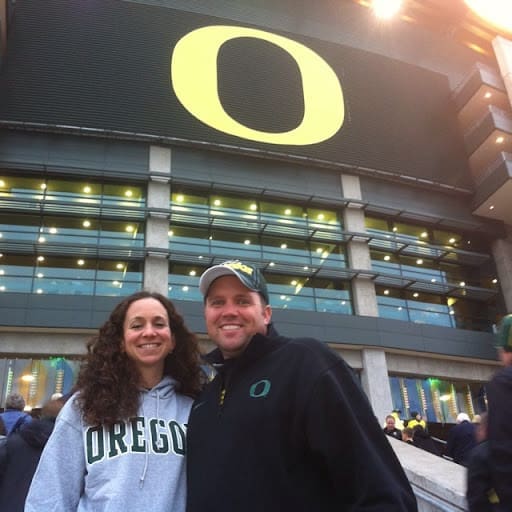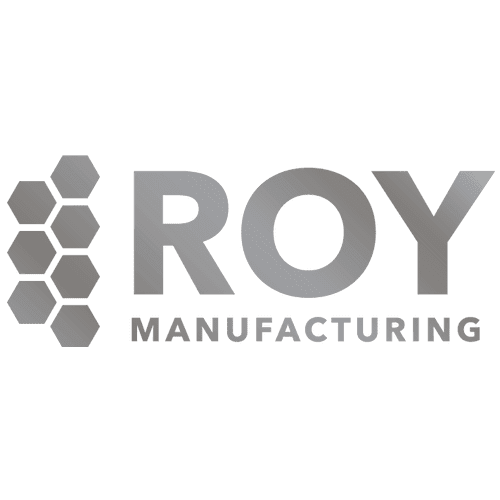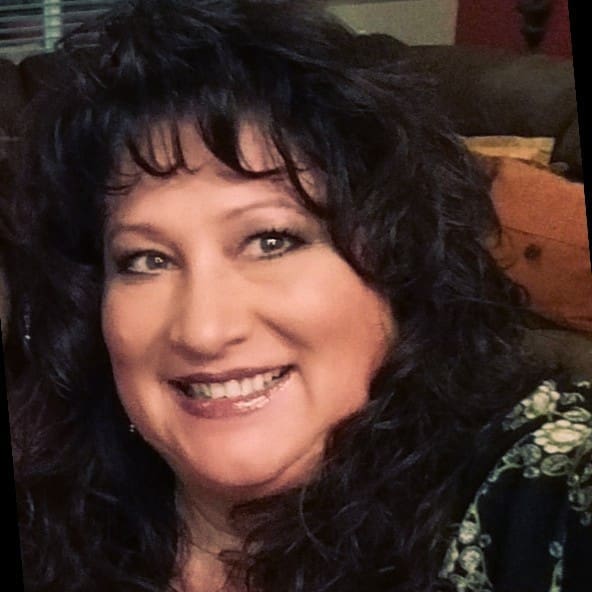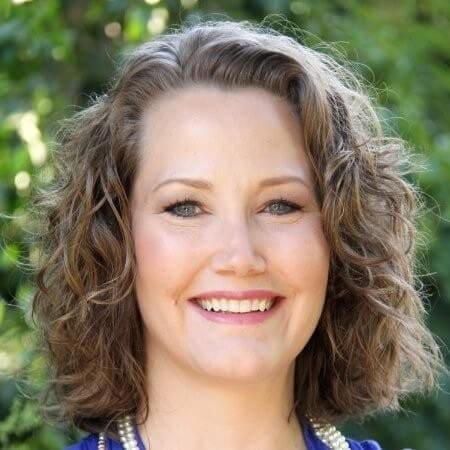Calculating the return on investment (ROI) for some business functions is challenging. The concept is quite simple: determine how much monetary benefit the company realized (return) for each dollar spent on the effort (the investment.) Yet, the ROI for many marketing, human resources, and community development activities is difficult to determine because it may seem there is no direct relationship between the efforts and the benefits. While there are no surefire methods to come up with a magically accurate number, there are some ways to make calculating the ROI for community development more manageable and realistic than you may think.
 A Brief Overview of the Community Development Process
A Brief Overview of the Community Development Process
Before discussing how to calculate the ROI for community development, it’s essential to have the general steps involved in the process in mind.
- Investment – The resources the organization allocates towards community development activities. Resources include salaries, cash donations, hours of service (wages), product or service donations, etc.
- Activity – The actual event or activity conducted to support the community. Some examples of activities include purchasing a sponsorship package, volunteering time in a community organization, or donating shirts to a community sports team.
- Output – These are immediate results from the beneficiary’s perspective. For example, how many people received benefits from a product or cash donation? What assistance did beneficiaries receive from the activity?
- Outcome – These are more long-term results. How were people’s lives or the community affected by the activity? For example, cash donations to a community literacy organization may result in a certain percentage improvement of literacy amongst a particular demographic of the community.
- Return – This is the value of the benefit gained by the company for contributing resources to the development activities. For example, this could be a change to the business environment the company works within or improved stakeholder relationships with the company.
Start With the End in Mind
Many companies struggle with measuring the impact of community development activities because they start by investing a bunch of resources into it and then try to figure out what return they received. They know community development is good, and by throwing a bunch of things out there, they hope to figure out what sticks.
However, those companies that feel they are successful with their community development activities and have a grasp of the financial worth of those efforts begin by creating a strategic plan for the work. Here’s what that means.
Companies choose to build community development into their business plans for many reasons, but they all come down to this: it’s a win-win situation. And these companies know precisely why they participate in their chosen community development activities.
| Community groups need: money, volunteer assistance, communication distribution, expertise, etc. | Win ←→ Win | Businesses have resources: money, employees to volunteer, means to communicate messages, etc. |
| Community groups have resources: viewership, messaging, connections to legislators, external expertise, etc. | Businesses need: to increase brand awareness, improve its reputation, gain support from legislators, meet regulatory requirements, etc. |
The most common reasons a company invests in community development include:
- Enhancing the company’s reputation
- Addressing specific community needs/goodwill
- Validating the company’s values
- Become a more attractive employer for prospective and current employees
- Preserve or ensure a license to operate or continue operations
- Increase brand awareness and recognition
- Mitigating potential risks from operational mishaps
- Lessen competitive pressure from other businesses in the industry
- Introduce a business to a new market (a specific aspect of brand awareness)
- To adhere to regulatory requirements
At first, it may seem wrong to focus on what the company desires to gain. Many believe community development is entirely about doing good things to support our neighbors and local organizations. The reality is that there are always opportunities for a company to simply donate money or time as goodwill, but that is not a strategic initiative for a company to take. Instead, a community development strategic plan is a relationship wherein both the company and the community benefit.
The path toward calculating ROI from community development becomes clear by being very specific about what the business desires to gain from the relationship. For example, consider a company that needs to increase sales by outpacing its competitors. The company decides it wants to increase community awareness of the business and advance potential customers’ opinions of them. By doing so, they project they can increase foot traffic to the business by 30% and improve sales by 20%.
In this case, the anticipated benefit of the community development efforts has a financial value–20% of annual sales. If 20% of annual sales is $500,000, then management knows realistically how much it wants to spend to gain $500,000, and success can be tracked. Now it becomes possible to determine how much investment the company should make to achieve this result. There are also some goalposts to use for measuring progress: foot traffic and sales.
Notice that they aren’t measuring the outputs or outcomes. It may be helpful to publicize that your donations helped X-amount of people in the community achieve XYZ, but you didn’t invest money to achieve those results.
But how do you know if the results directly tie to the community development efforts?
This is the most challenging question for managers to answer. How do you know specifically that sponsoring a youth softball team was responsible for an increase in sales?
There are a few ways to address this question. First, if you were accurate when you said you needed more visibility in the community to gain additional sales, and you did get additional sales–then all your community development efforts combined are very likely linked to the increase in sales. Second, surveying people is the most effective way to measure specific efforts or activities. Professional firms conduct community surveys to measure everything from public opinion to purchasing decisions and how your community development efforts impacted them.
Do you need help getting your community development program off the ground?
At Paradux Media, we have expertise in developing and implementing community development programs. Whether you’re just building your strategic plan or searching for better ways to align your objectives to the needs of your community, we can help. We focus on helping our clients achieve their goals and grow their businesses. Give us a call today to learn how we can help you.
Quacktastic Reviews:
Excellent team to work with! Mike and Tisha are fantastic at coming up with new ideas while staying true to my companies vision, values, and…

Operating a restaurant and bar is hard enough. It demands wearing many hats. Promotions and marketing is not one of them any longer since we…











Can not recommend this team enough. What started as a one-time website re-design has evolved into Paradux handling the vast majority of our marketing. Business…











We would not be able to run as smoothing, quickly, or efficiently if it was not for Paradux Media Group. Tisha and team is hands…











Recently, I had the opportunity to work with Paradux Media on a website build, and I just couldn’t have been happier with the process and…











Mike and his team are well known within the region and marketing community as an insightful industry leader. If you are looking for a Marketing…











Paradux Media is a very professional group, and they know what they’re doing. Whether they are placing buys for clients, or producing high-quality TV spots,…











Paradux helped build my business in all capacities. Without them, I would never have had the resources and ability to get so much accomplished –…











Mike, Tisha, and the team can build you anything you want for your company or small business. Very knowledgeable and easy to work with. They…











As a long-time client of Paradux, I can confidently say that their creative team is one of the best in the business. They consistently produce…












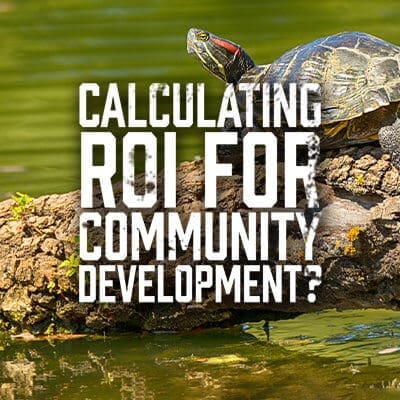 A Brief Overview of the Community Development Process
A Brief Overview of the Community Development Process